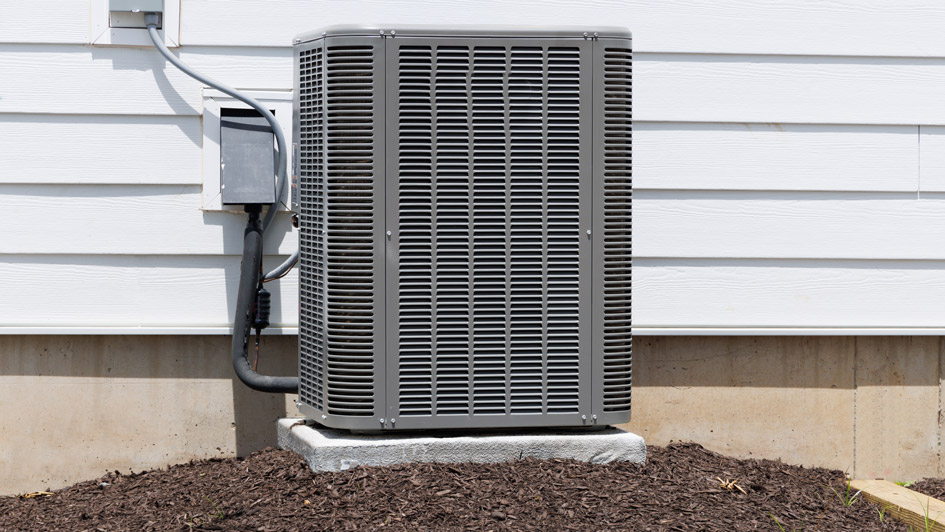Blog
Serving The Bay Area and These Areas
Contra Costa Heating & AC
14676 Doolittle Dr
San Leandro, CA 94577
Phone: 510-916-2218
Email: [email protected]
License #970192
About Contra Costa Heating & AC
At Contra Costa Heating & AC, making your home cozy is our highest priority. That’s why we provide lasting HVAC equipment and quality work in the Bay Area. Our pros are educated in a wide range of services, so you can be confident in your results. They’ll give the support you are looking for, whether it’s installing a new HVAC system or repairing and inspecting your present unit. We’re ready to provide support for all of your needs, so get in touch with us at 510-916-2218 or contact us online to schedule an appointment right away.
© 2025 Contra Costa Heating & AC | All rights reserved











